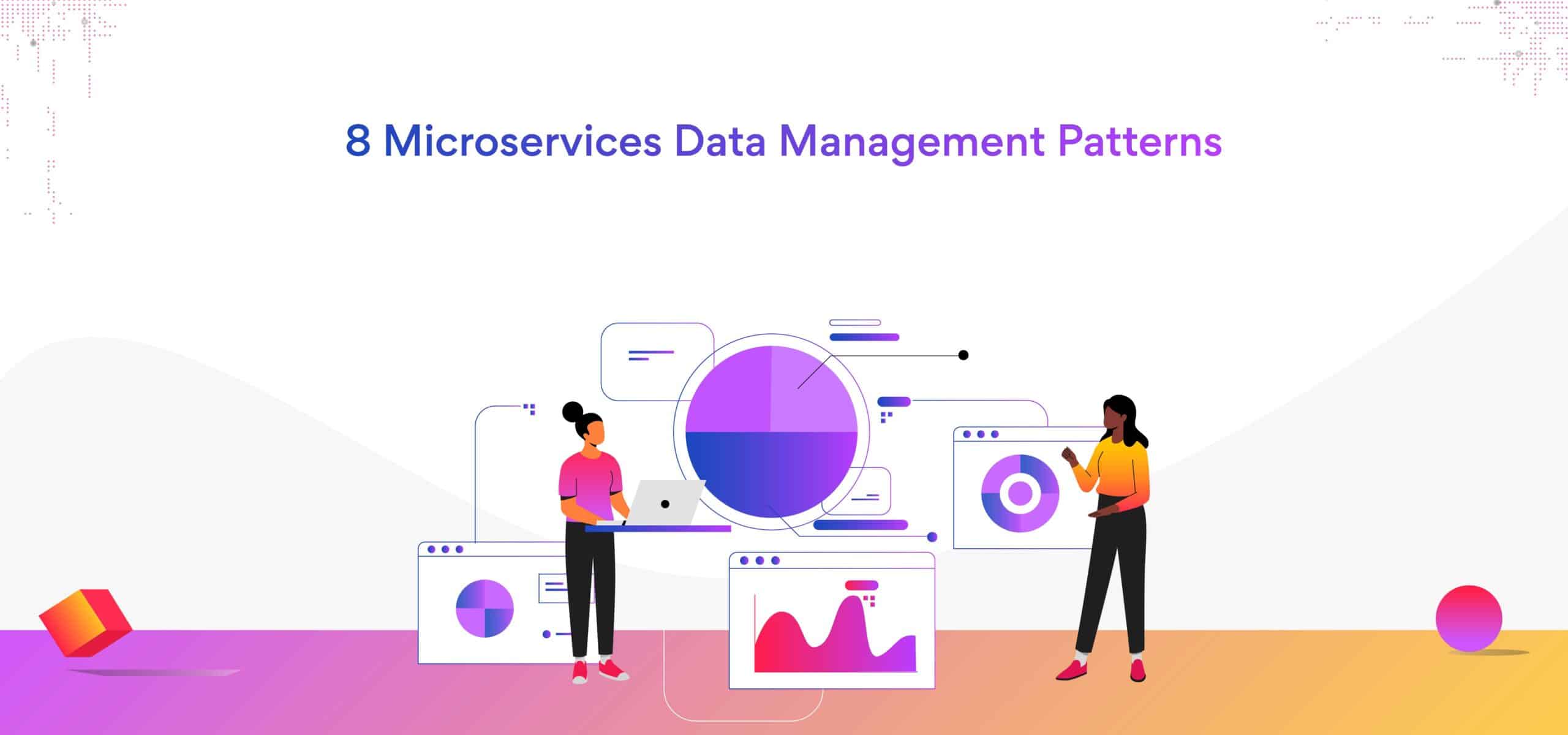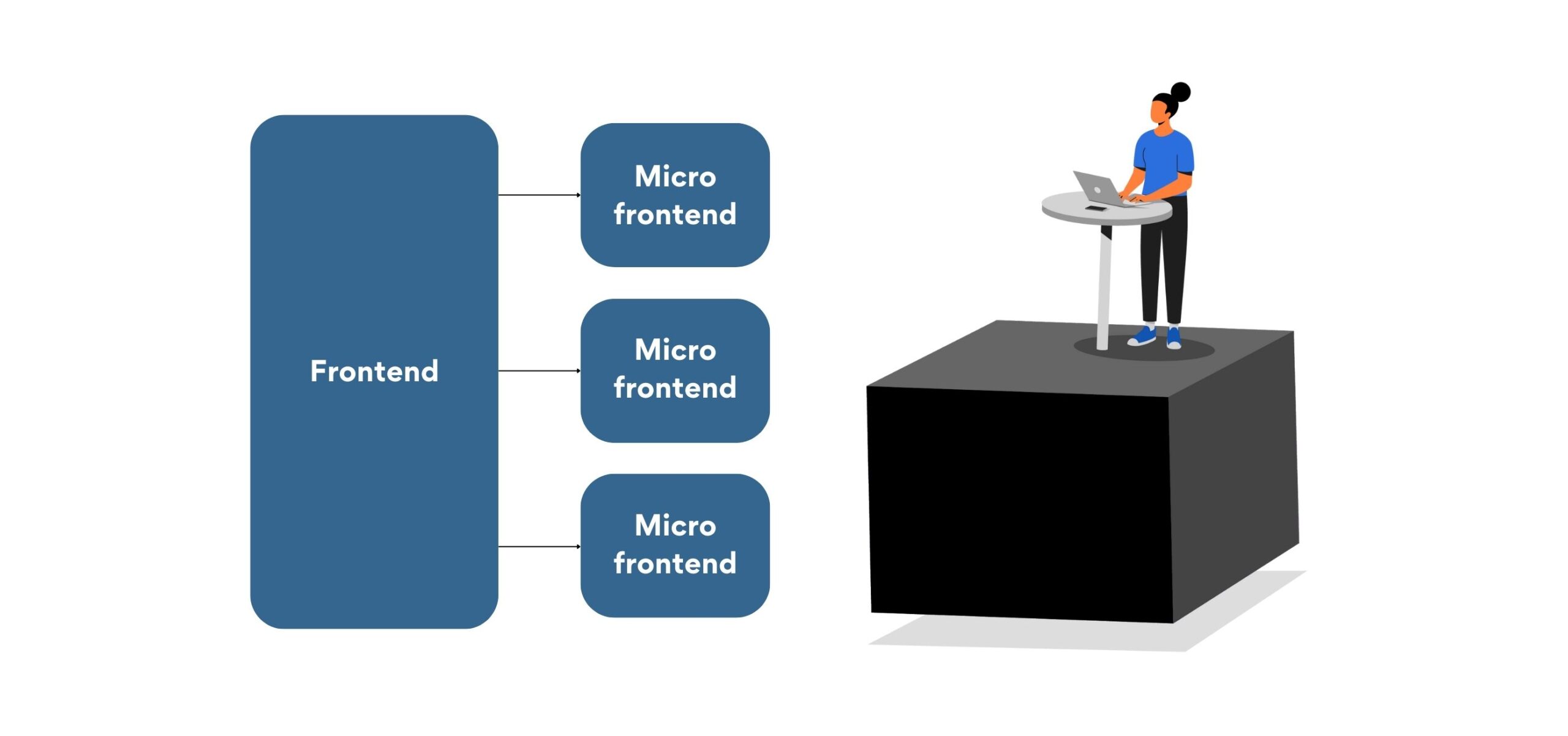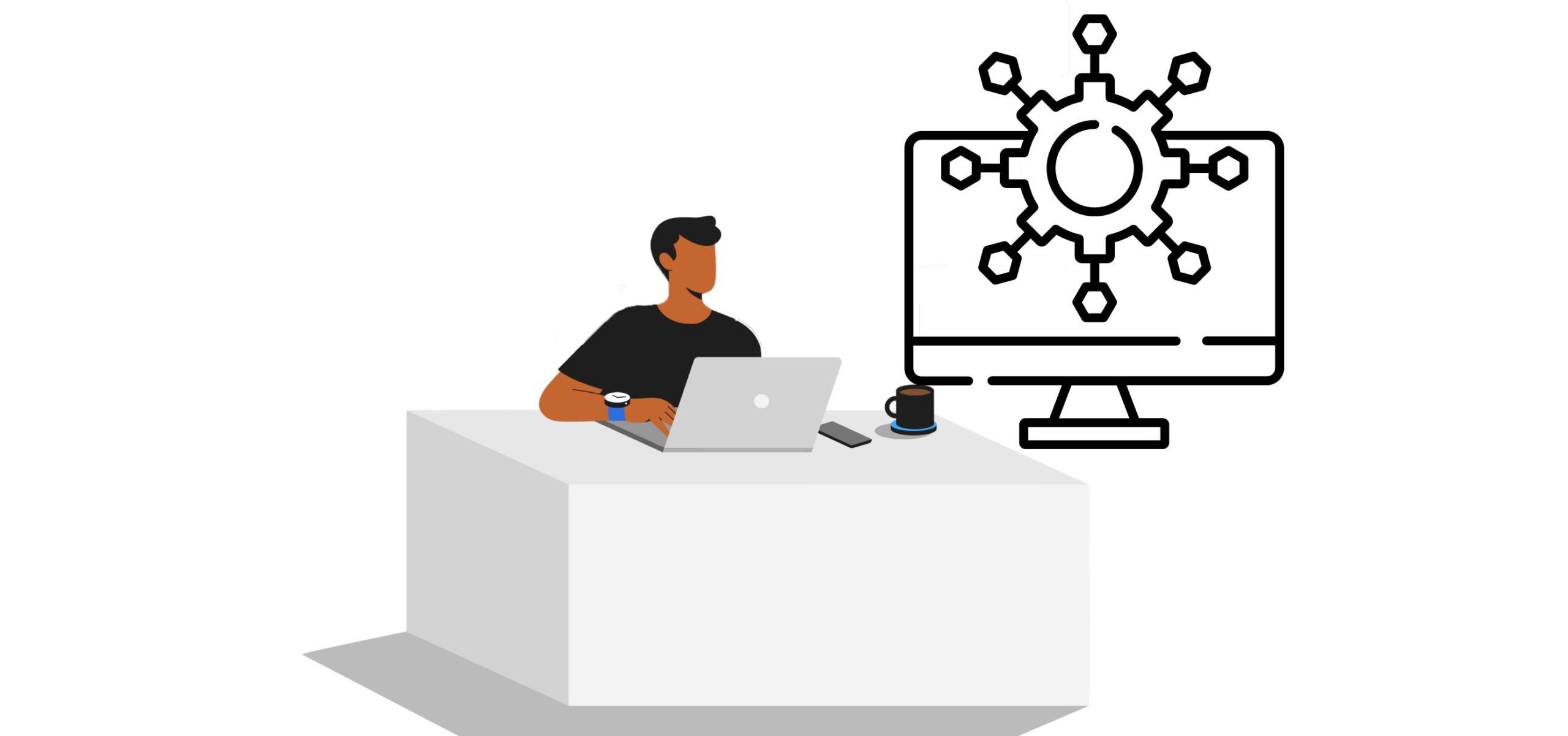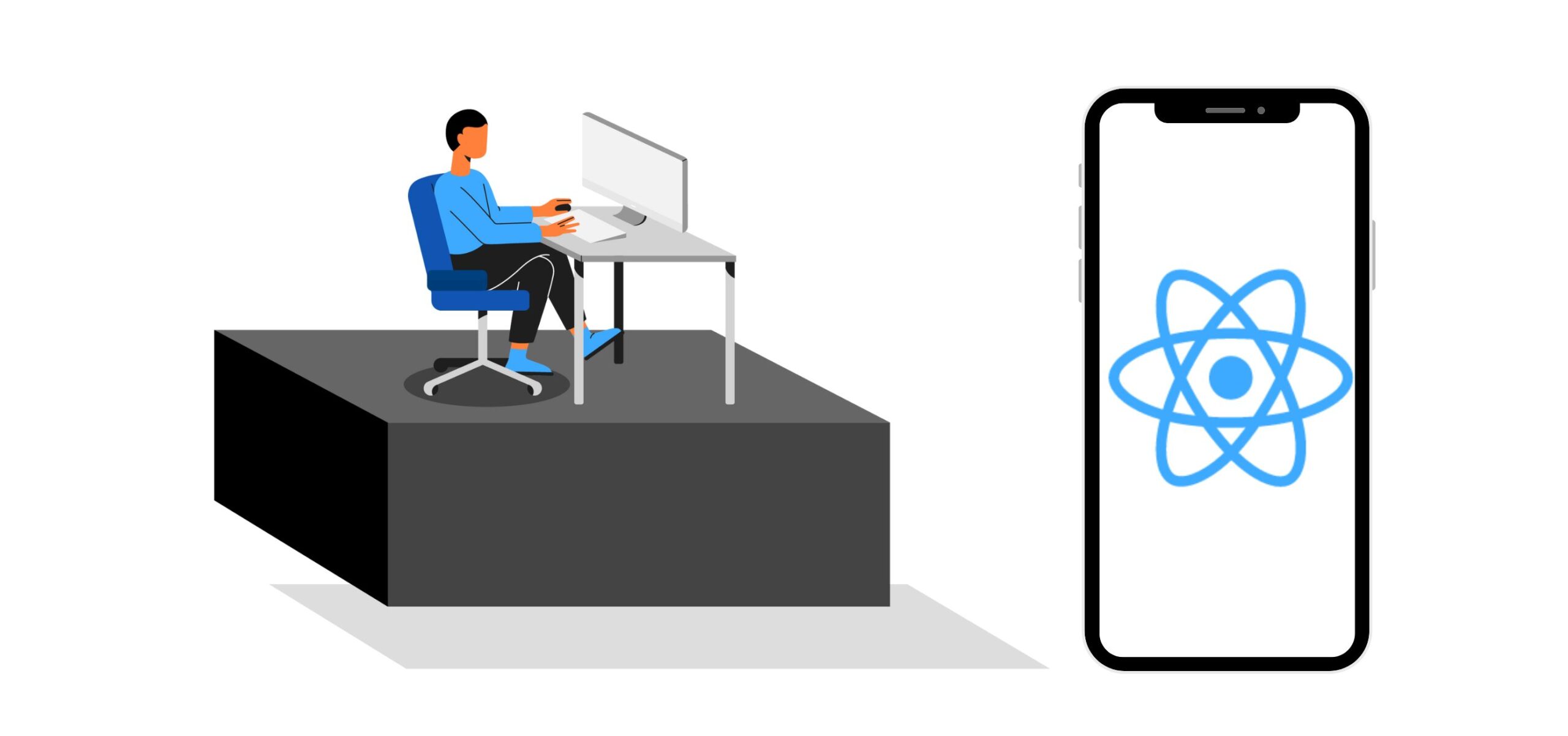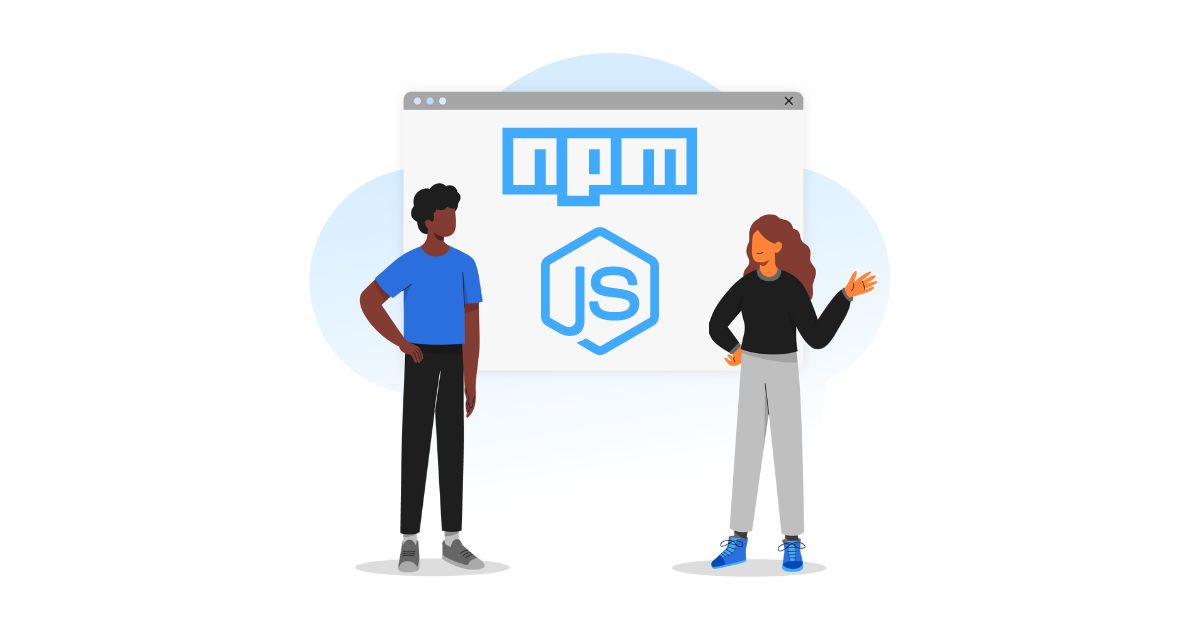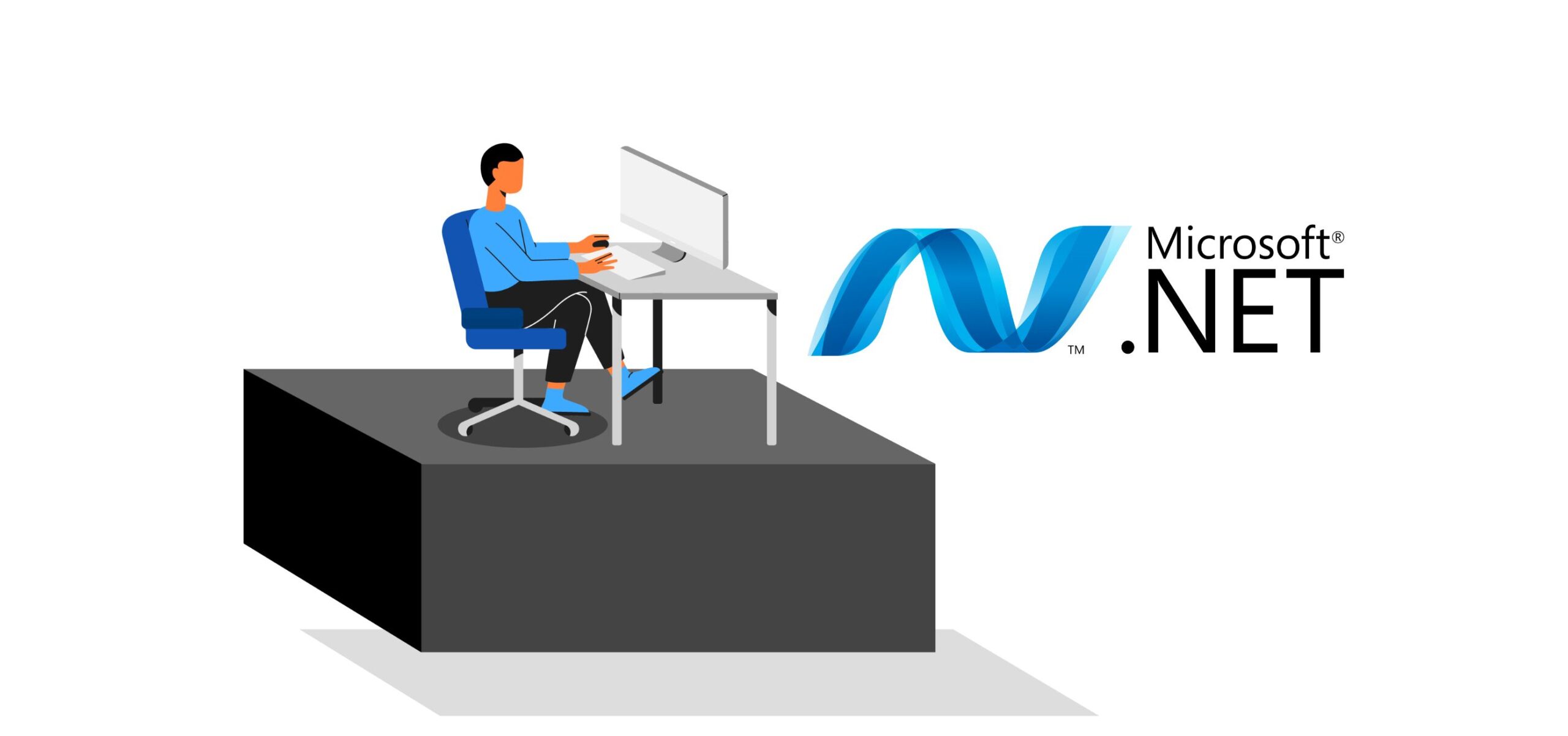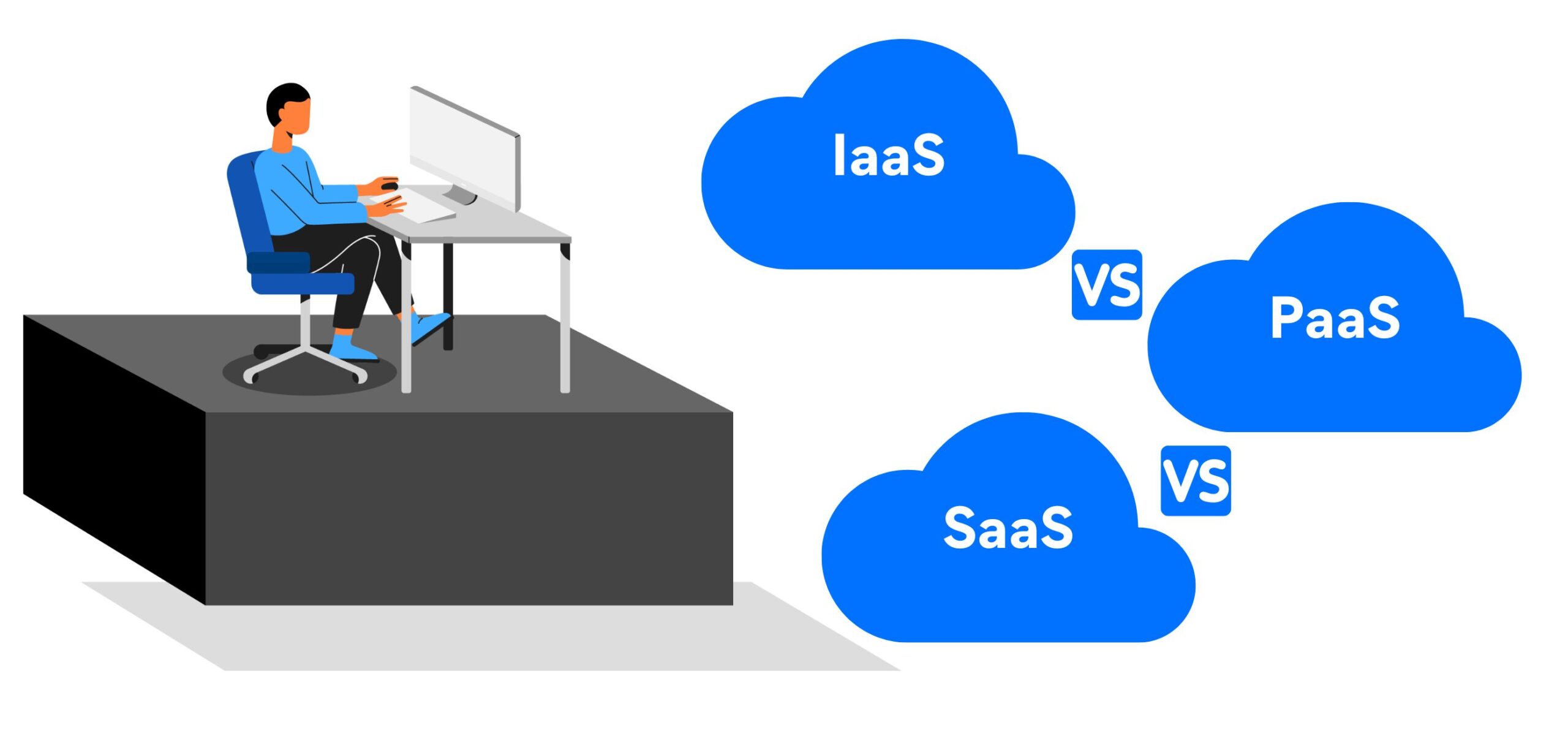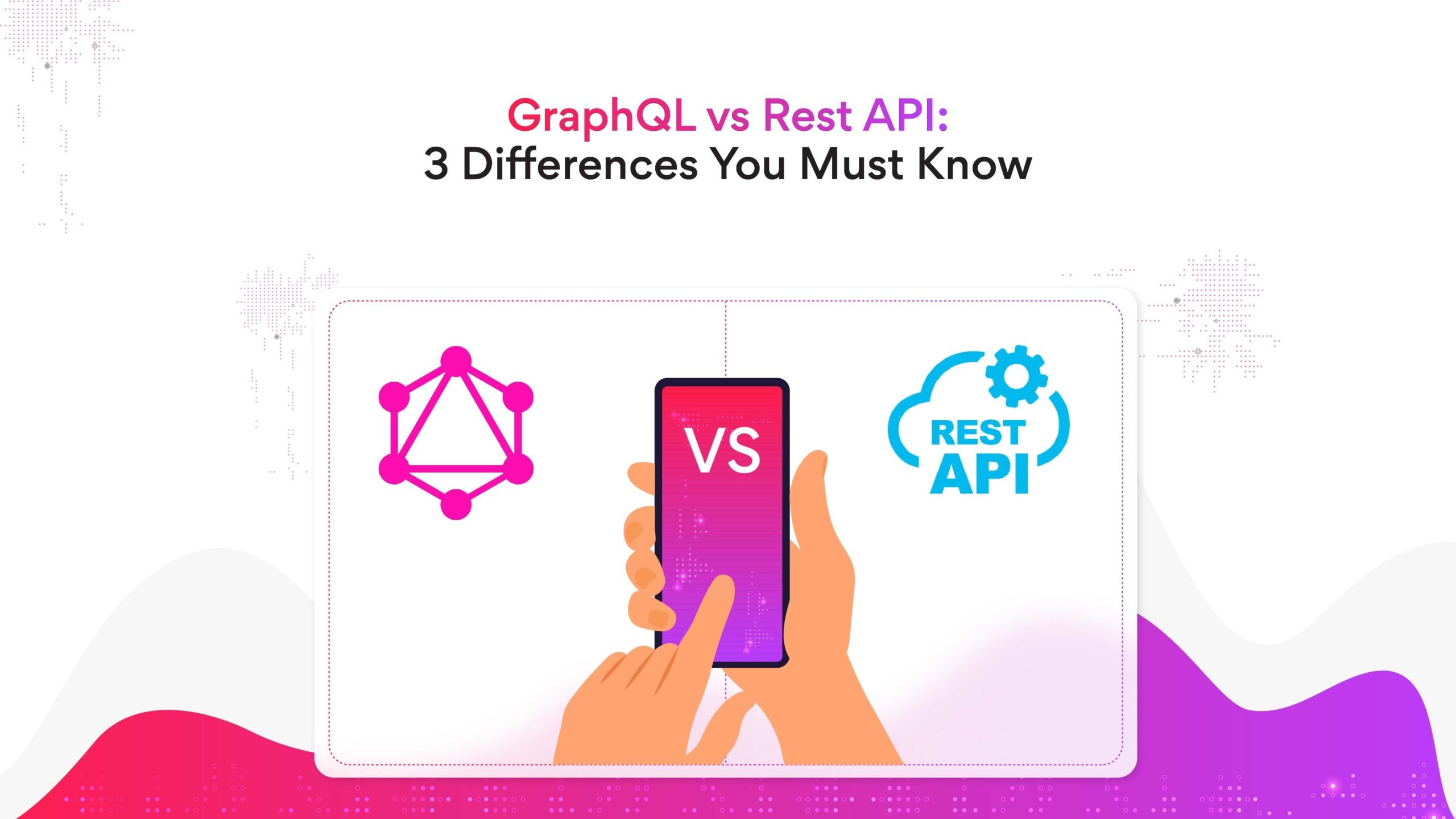8 Microservices Data Management Patterns
What are microservices? What are microservices data management patterns? What are the key components of microservices architecture? How do you manage relationships in microservices? How many types of databases can you use for microservices?
This blog post will help you answer all these questions.
What are microservices?
Microservices are a software architectural type that allows developers to build different components of the same application in modules. Microservices applications offer decentralization of data ownership to ensure each service has a separate database.
Each module utilizes an API to communicate with the database of different services. Developers can deploy and update each component without affecting other parts of the application.
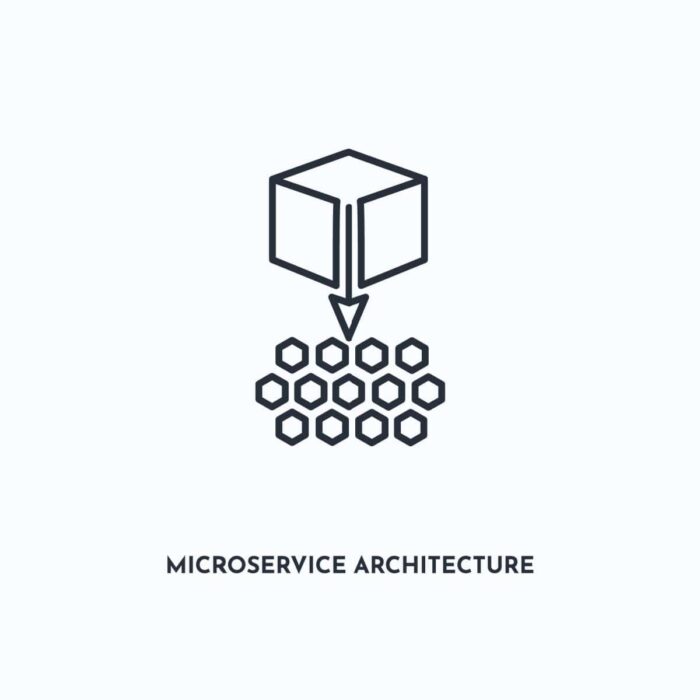
Microservices data management patterns: Microservices architecture helps build software parts with modules.
What are microservices data management patterns?
Microservices data management patterns help manage the data of different components of the software. The data management patterns facilitate communication between databases of two or more software components.
Let’s take a look at different types of microservices data management patterns.
-
Database per service pattern
Each microservice manages its data in the database per service pattern. Developers use well-defined APIs to facilitate communication between the databases of two or more microservices
Database per service pattern is easy to use and is ideal for new applications. Also, the microservices pattern offers high scalability, loose coupling between databases, and simple impact analysis. -
Shared database pattern
The shared database pattern, as the name suggests, allows multiple services to access and store data in the same database. Developers working on different components need to coordinate to make schema changes to the database. However, developers must be careful while working on the database as overloading can cause run-time conflict.
Transactions in the shared database microservices pattern conform to ACID properties to guarantee data validity and consistency. -
Saga pattern
The saga pattern is a sequence of local transactions in the database wherein the outcome of each transaction depends on an event from the previous one. With the performance of each transaction, the saga data management pattern publishes an event.
If any transactions fail, the saga pattern performs a series of compensating transactions to undo the impact of the failure. Organizations can use this data management pattern to quickly implement business transactions spanning multiple components. -
CQRS pattern
CQRS refers to command, query, responsibility, and segregation and is one of the more popular microservice database management patterns. CQRS logs the record of all activities in the database and updates the query database or view after listening to domain events from other microservices.
CQRS offers higher performance and better scalability of microservices by not invoking the original database during queries. Also, CQRS speeds up the workflow by breaking the traditional way of program executions through separation layers. -
Event sourcing pattern
Event sourcing microservices pattern stores aggregated data as a sequence of state-changing events. The event source stores this data and creates a new event during any updates or insertion.
Also, an event sourcing pattern allows you to replay events performed earlier, apart from storing and keeping the events in a list. You must use APIs to retrieve and add events to enable subscriptions and services. -
API composition pattern
API composition data management pattern uses API composers to directly access datasets of previously used services. After fetching the data, the pattern uses an ‘in-memory join’ to pair two services before sending it to the consumer.
API composition pattern works well for scattered data spanning multiple microservices components in smaller datasets. However, the in-memory join approach can be inefficient for larger datasets.
Related Post: GraphQL vs REST API: 3 Differences You Must Know -
Domain event pattern
Domain event pattern helps with domain-related events. This pattern allows you to communicate with other bounded texts, check historical data, and achieve higher scalability and better performance. -
Database sharding pattern
Data sharding pattern separates datasets into different shards or horizontal partitions for simplified access and storage. Each shard in the microservices database management pattern has the same schema but holds a distinct subset of the data.
Sharding patterns allow high scalability, as you can add new shards when the storage needs increase. Also, you can improve performance by reducing the workload of each service.
Related Post: 8 Business Intelligence Tools for Data Visualization and Analysis
Summary
Microservices data management patterns streamline the software development lifecycle and improve the performance, reliability, and workflow of applications. Also, microservices patterns optimize testing and reduce errors.
Organizations must consider the software development project and microservices architecture before choosing a data management pattern. Also, organizations must factor in developer familiarity with different data management patterns.
Do you want to hire skilled software engineers for the software project?
Turing can help you get pre-vetted developers in 3-5 days. Visit Turing’s hire page for more information.
FAQs
- What are the key components of microservices architecture?
The key components of the microservices architecture include containers, service mesh, service discovery, and API gateway. Containers are independently functioning packets of software, the service mesh is the messaging layer to communicate between microservices. Service discovery enables deployment and load distribution between services, and the API gateway performs administrative tasks and load balancing. - How do you manage relationships in microservices?
To manage relationships in microservices, use database management patterns that use API calls or async messaging. - How many types of databases can you use for microservices?
You can use two types of databases for microservices, relational databases, and non-relational databases.
Tell us the skills you need and we'll find the best developer for you in days, not weeks.
